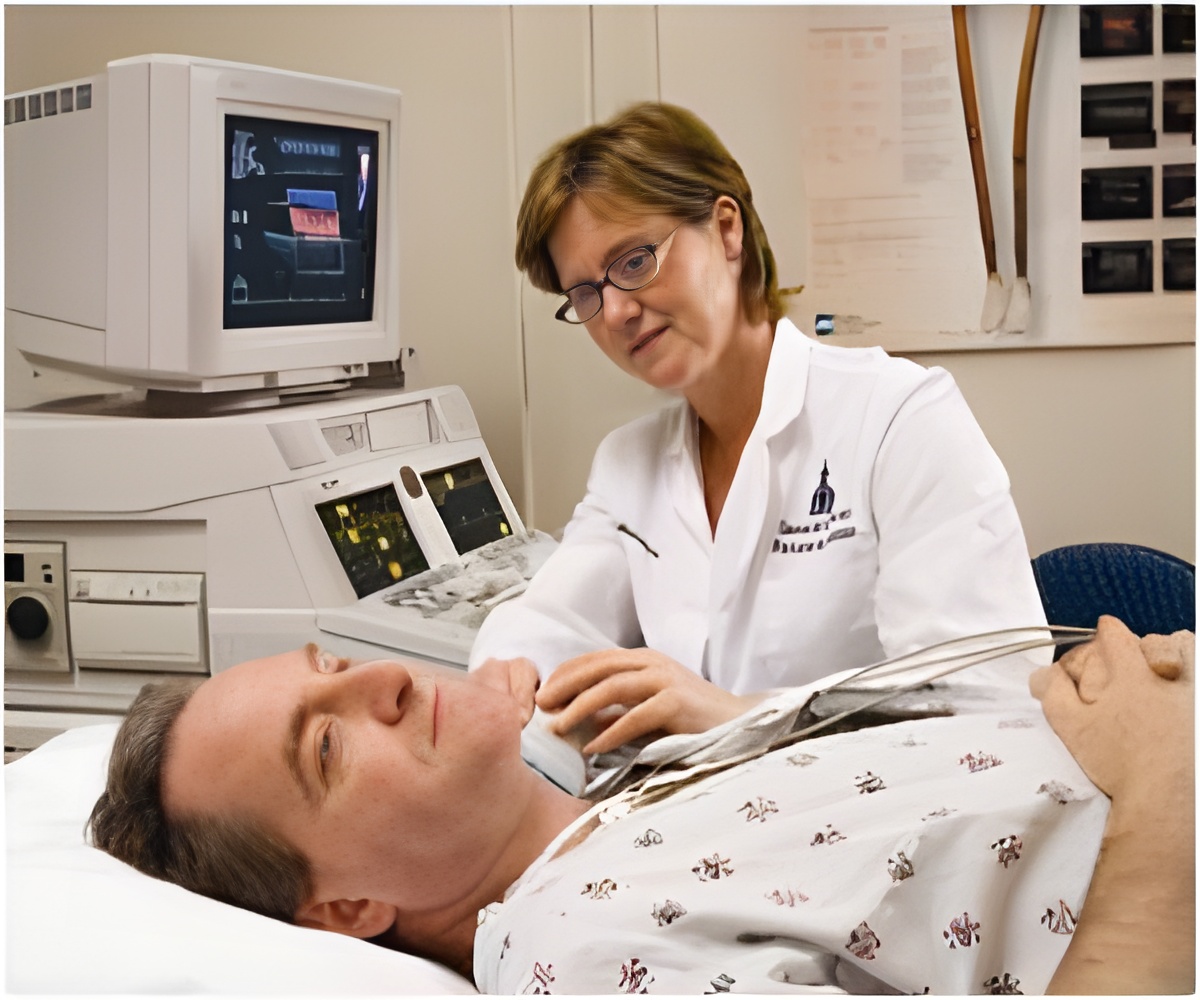Clinicians in the U.S. are struggling to provide better and more affordable health care to more people—while keeping up with new scientific developments.

"In a learning health system, evidence and practice come together in a virtuous cycle, influencing each other," first author Sarah M. Greene, MPH, said. "At Group Health, we strive to translate evidence into practice and policy quickly. At the same time, we try to align our research with the questions that clinicians and administrators need to answer ASAP."
Ms. Greene is a director of strategy and business development at Group Health, a nonprofit health system that provides care and coverage in Washington state. She is also an affiliate investigator at Group Health's research arm, Group Health Research Institute. Her coauthors were Robert J. Reid, MD, PhD; Group Health's associate medical director for research translation and an associate investigator at Group Health Research Institute; and Eric B. Larson, MD, MPH, Group Health's vice president for research and Group Health Research Institute's executive director.
"Researchers and clinicians are realizing that innovation is not enough to fix the nation's health care system," Dr. Larson said. "We need to move innovations immediately into real-world health care settings, and learning health systems are a way to do this."
Strong leadership support and a growing partnership between research and clinical operations have made it possible for Group Health to evolve as a learning health system, Ms. Greene explained. This partnership has fostered a culture and an infrastructure to facilitate rapid learning.
"Ongoing communication, engagement, and flexibility are essential," Dr. Reid said. "The learning system always asks, 'how can we keep improving?'"
Advertisement
- Patient-centered "medical home" primary care teams at each of its 25 medical centers
- More judicious prescribing of long-term opioids for chronic noncancer pain
- Shared decision making to ensure that treatments are more consistent with patients' values and preferences
- Studying high-end imaging (e.g., CT scans) throughout the organization, with the ultimate goal of performing these tests when really needed
- Value-based benefit design, using incentives and disincentives to steer patients toward the most effective, evidence-based services—and away from unproven ones
Source-Eurekalert









